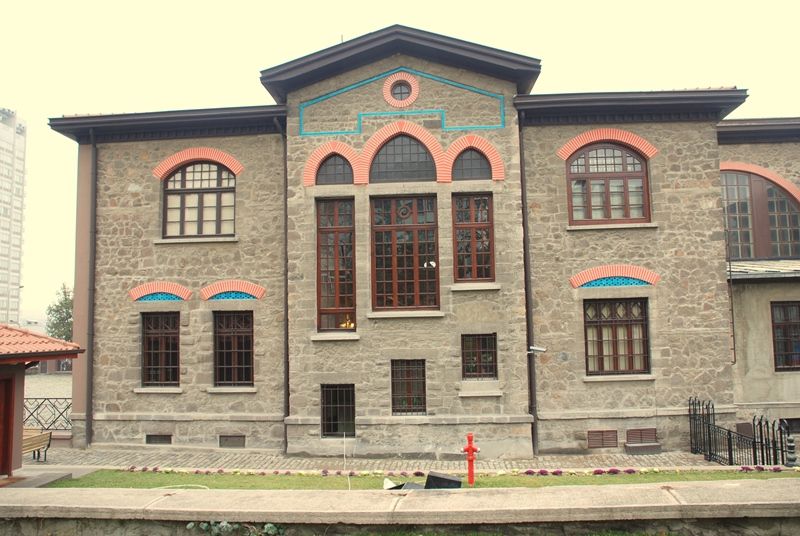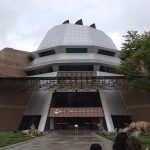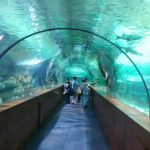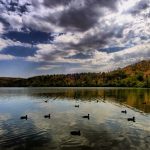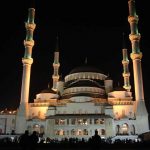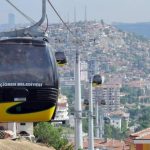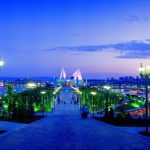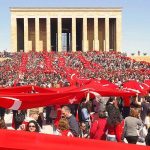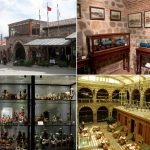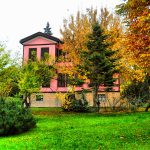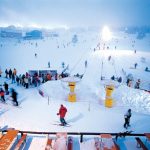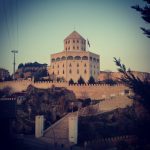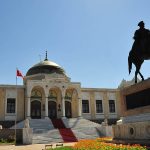The construction of the first parliament began in 1915. In fact, the first construction activities planned as the locus of the Committee of Union and Progress. However, it was later decided to use it as a parliament because of the fall of the ruling party and the abandonment of the country. The walls were built with Ankara stone, one of the most important values of Turkish architecture.
When the first parliament was declared, ie on April 23, 1920, the parliament was not yet complete. The national struggle was tried to be managed within the half-parliament. However, with the efforts of the nation, the construction was completed in the end of 1921 and the exposed parts were included in the meclis. The assembly was dissolved in 1924. The second parliament was established. The first parliament building was used as CHP headquarters. Later law began to be used as a mecca. In 1957, the thought about being a museum was put forward. In 1961, it was a museum.
Departments of the War of Independence Museum
When you enter the building you will encounter a large corridor. There are many rooms to the right and left of the corridor. The rooms have been documented in the order of dates, tables, tables, pictures, objects. In the rooms to the right of the corridor are photos of the first parliamentary deputies and second parliamentary deputies. The cabinet has a boardroom. Here are the Sivas congress items. For example, tables and chairs used in the presidential divan during the Sivas congress are exhibited here. The photos on the wall are the minutes of the ministers announced after the founding of the republic.
There’s a second room to the left of the hallway. This is called the chamber of commons. In other words, it is the place where the topics that are on the agenda are examined transversely and longitudinally. There are many works here. Especially the works related to the congresses are very striking. For example, the seal used during the Erzurum congress is only one of them. It is possible to see the Misak-ı national documents and more here. There is a relaxation room in the parliament. So it’s called the lobby with its new version. Here is a table describing the departure of Mustafa Kemal to Samsun.
There’s a place called the municipal boardroom. There are many paintings that tell the last days of the war of salvation. The nature of the use of the oven was to check whether the laws of the jurisdiction were in violation of the Constitution. We can say the current constitutional commission. There are also works of misak-ı milliye in the odan. There are many symbols. They all represent the misak-ı milliy. In the administration room, there are great portraits of the commanders who participated in the war of liberation. In addition, many items belonging to Mustafa Kemal are also included in this room.
The Assembly Hall is one of the most worthy places to see. In this room, the speeches in the first parliament are heard. There are presidents in the middle. The parliament has been up to this time without any damage to its historical texture. It amazes people.
Visit Times of Independence War Museum
It is possible to visit the council every day of the week except Monday. You will have to keep the parliament’s office between 09.00 and 17.00.

